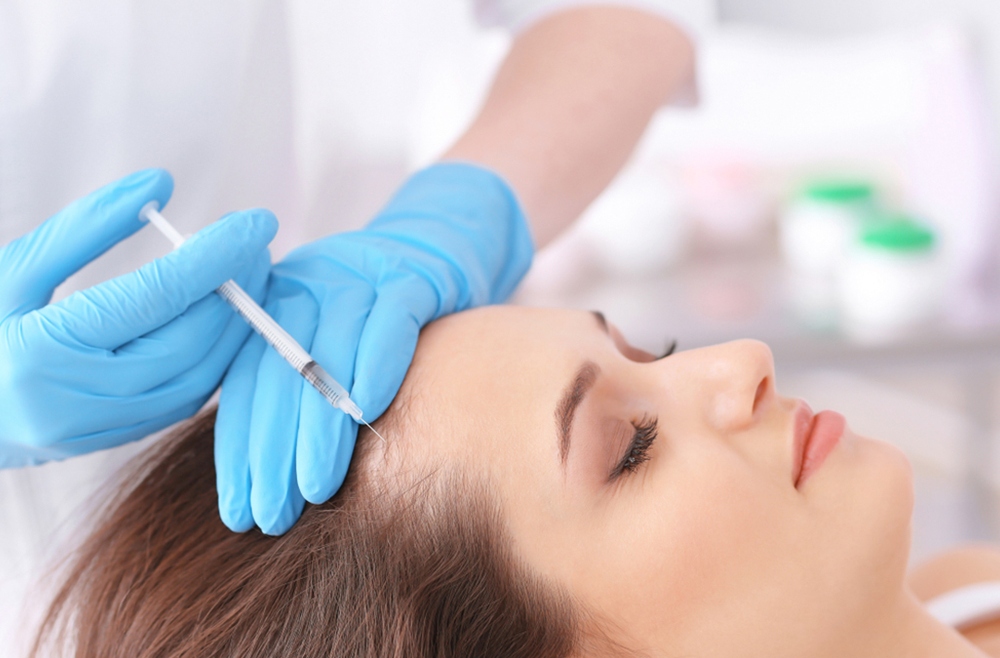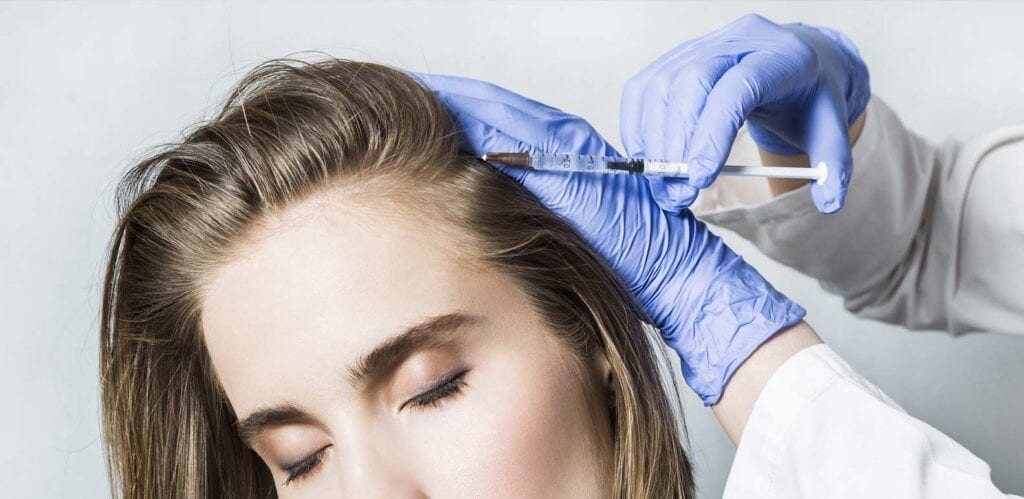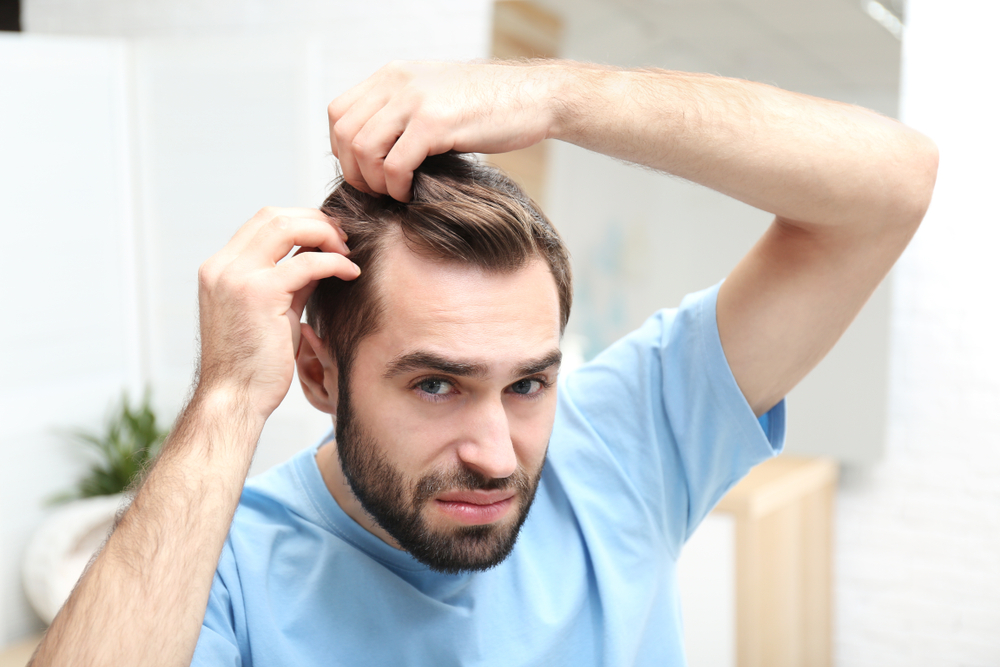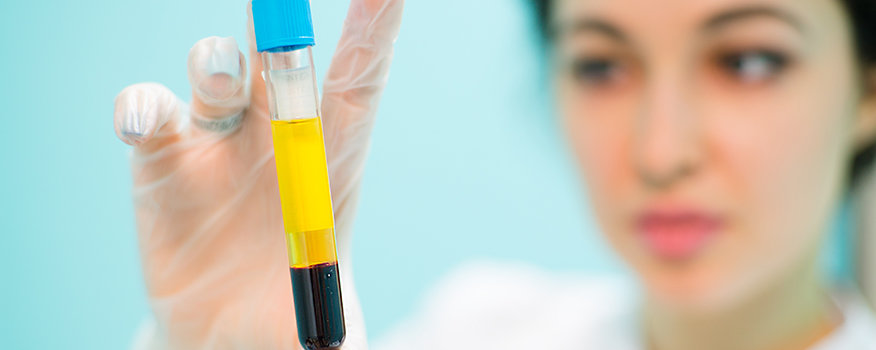PRP Hair Transplants What You Need To Know in 2024

PRP is a short form of platelet-rich plasma. It is a three-step medical procedure for hair loss in which an individual’s blood is drawn, treated, and then injected into their scalp. This is believed to help activate natural hair growth and sustain the growth by enhancing blood supply to the hair follicle and increasing the hair shaft thickness. More often than not, PRP will be coupled with other treatments or hair loss procedures. Visit here, to know more about how exactly PRP treatment works.
The entire PRP can take less than half an hour. The drawn blood is spun in a centrifuge to separate the platelets, which will be extracted and then injected into your empty scalp. There may be some minimal discomfort during this procedure, but nothing serious can hinder your day-to-day activities; you will be back to work the following day.
All of the information in this article is gathered from UK experts that you find more about here.
PRP Hair Transplant Steps

As I mentioned above, PRP only involves three steps and can take less than 30 minutes to complete. This hair transplant method requires three therapies 4 to 6 weeks apart, with maintenance treatments after every 4 to 6 months.
Here are the steps involved in PRP hair transplant treatment:
Step #1:
Blood is drawn from your arm and spun in a centrifuge machine to separate fluids of varying densities.
Step #2:
The blood is spin for around 10 minutes, after which it will be isolated into three layers – platelet-rich plasma, platelet-poor plasma, and red blood cells.
Step #3:
The platelet-rich plasma blood is what the surgeons are looking for. They will draw it up into a syringe and inject it into the thinning area of your scalp.
It is a meticulous process, with injections starting across the scalp, about every half an inch over the scalp.
Who can use PRP?

This procedure can be used by just about anyone experiencing hair loss. However, individuals experiencing early hair loss usually respond best to PRP. It is the best option for those with androgenic alopecia, a hereditarily determined balding that generally occurs in the area on top of the head.
Is it effective?
Although there hasn’t been enough research and studies to prove PRP’s effectiveness, the little known suggests that the method can help treat male pattern baldness or androgenic alopecia.
What research says about PRP treatment

The research that has been conducted so far indicates that PRP hair transplant is not 100 percent effective. Nevertheless, the findings are promising and make for good reading as far as PRP therapy’s future is concerned.
Here are different researches so far conducted on the effectiveness of PRP treatment:
- The most recent research was done in 2009, and it compared two sets of individuals using different hair therapies for six months. Each group comprised 20 people, and one used PRP, and the other used minoxidil or Rogaine. While ten people dropped out of the study, the remaining ones showed some exciting results. It was found that PRP therapy performed way better for treating hair loss compared to Rogaine. However, the research also found that a person’s level of platelets influenced the work. Lower blood platelets can hinder the effectiveness of PRP treatment.
- Four years before the 2019 research, another study was conducted where 10 people were injected with PRP blood-rich platelets after every two to three weeks for up to 3 months. The result showed some substantial improvements in the thickness and volume of hair and the hair follicles’ strength. But seeing that the study only involved a sample of ten people, this is a small size for it to be considered conclusive.
- In 2014 a study involving 11 people was conducted with androgenic alopecia. It was found that injecting 2 cubic centimeters of platelet-rich plasma into the balding area every 14 days for three months could boost the growth of an average number of hair follicles by 30%. While this sample is also small, it indicates that PRP can help increase follicles’ volume, enhancing healthy hair.
Risks associated with PRP treatment

Before any procedure, make sure you inform your doctor of any medications you are on, including herbs and supplements. Most PRP clinics will advise against this hair transplantation method if you have a history of drug or alcohol abuse, heavy smokers, or blood thinners.
Suppose you have been diagnosed with cancer, chronic skin irritation, chronic or acute infections, hypofibrinogenemia, platelet dysfunction syndromes, hemodynamic instability, sepsis, thyroid, and low platelet count. In that case, PRO treatment might not be suitable for you.
Bottom Line
If you are experiencing hair loss, you can use plenty of options to remedy the condition, including Rogaine, hair transplant procedure, Propecia, and PRP treatment. Though there is still a lot to be learned about PRP therapy, the signs are positive, and those swear by it. Make sure before using this method, you talk to your doctor about your medical conditions so that the doctor can determine whether or not you are suitable for PRP injections.




